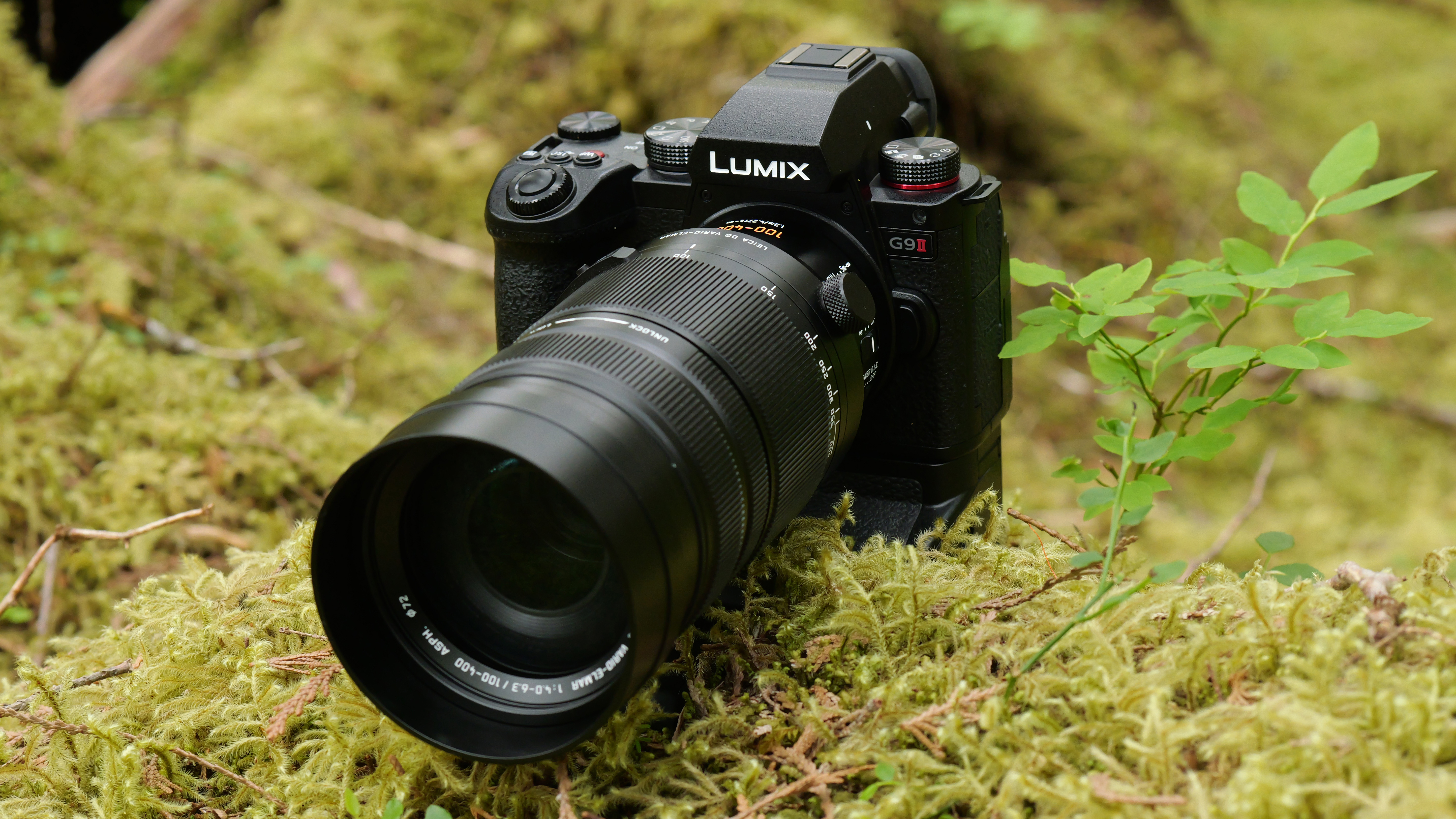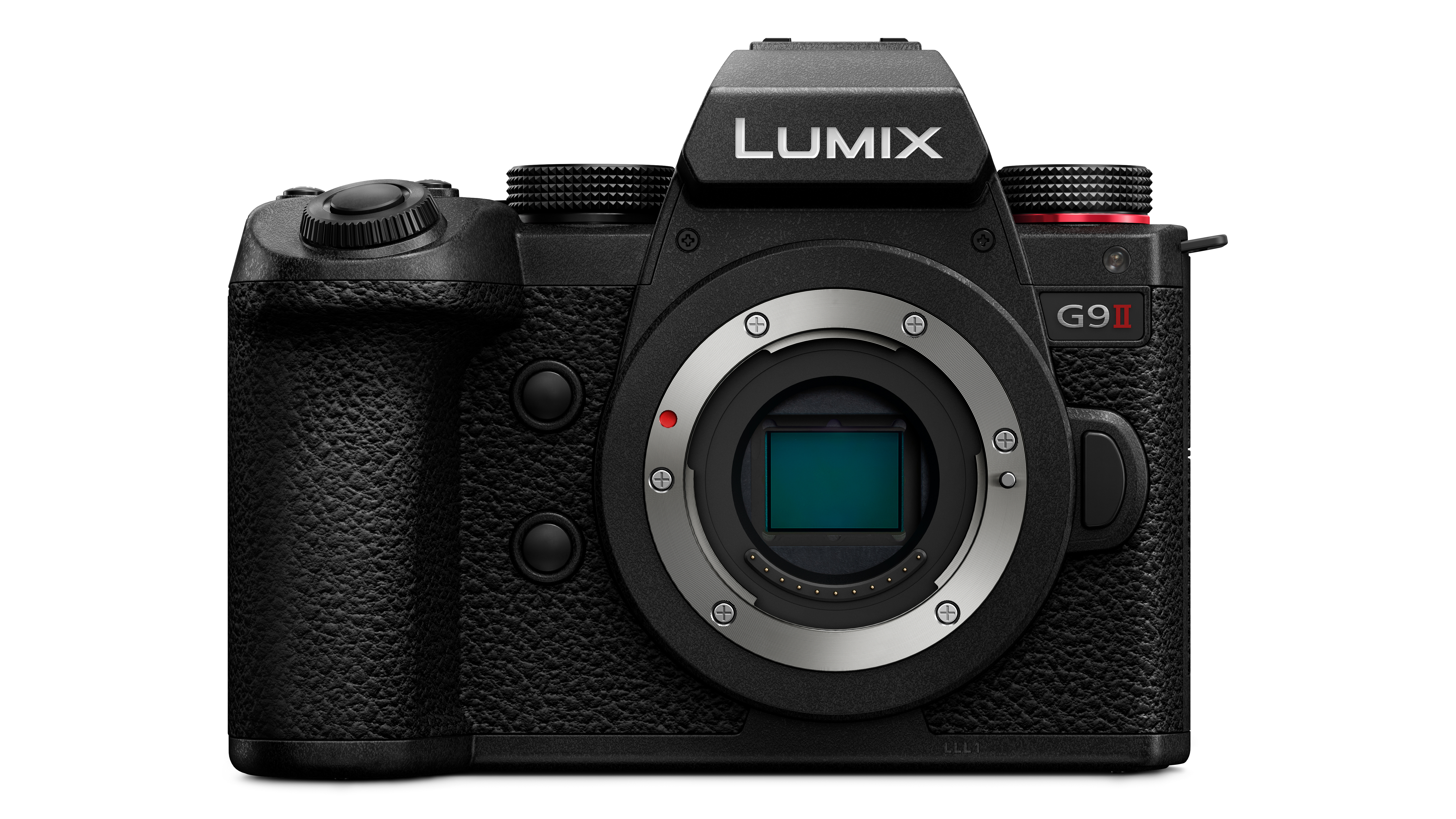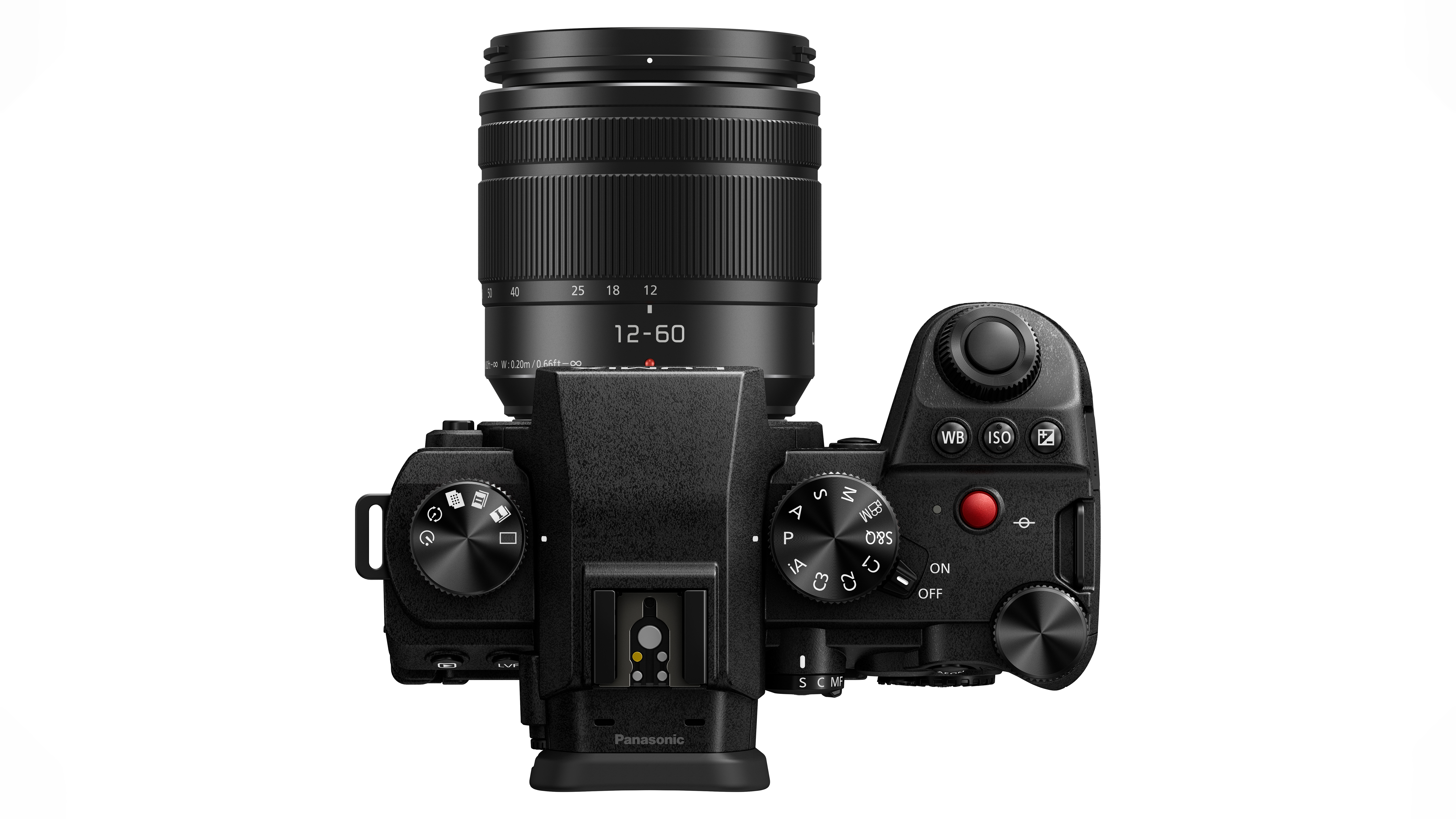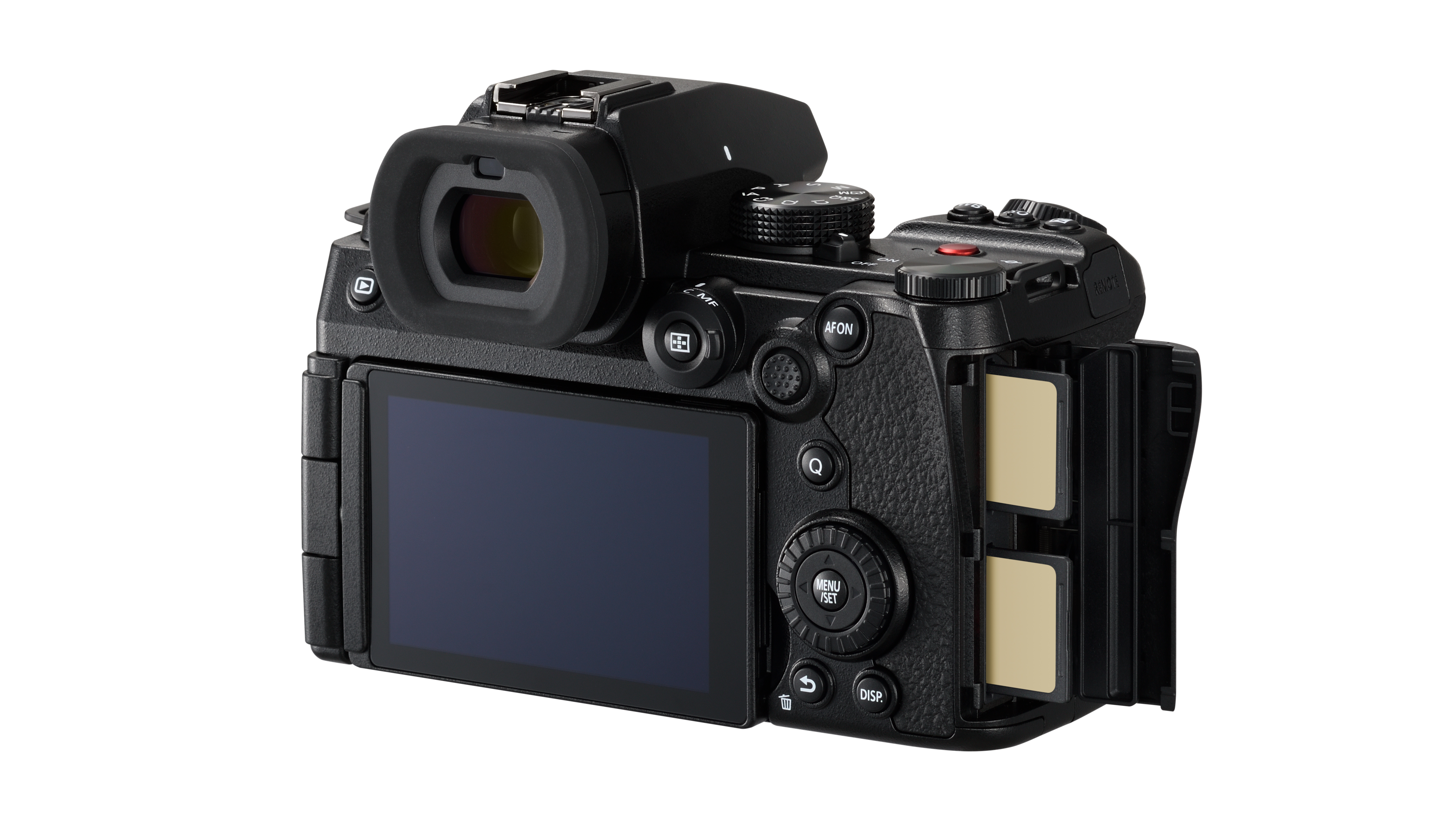Panasonic returns to Micro Four Thirds with the new Lumix G9 II
After almost 6 years, the Panasonic Lumix G9 II arrives – and it might be the stills-centric MFT camera you’ve been waiting for

After months of rumors and speculation, today Panasonic has announced the Lumix G9 II – a successor to its flagship G9 Micro Four Thirds (MFT) camera aimed at hybrid creators who care just as much about stills photography as video.
The headline feature of the Panasonic Lumix G9 II is its upgraded autofocus system, first debuting on the Panasonic Lumix S5 II to wide acclaim, and it's great to see this now spreading to further cameras in Panasonic’s range.
• Read our hands-on Panasonic Lumix G9 II review
The new autofocus facilitates not only faster and more accurate focus, using an increased 779 phase detection system, but also enables even more advanced subject recognition and tracking algorithms – which can now effectively track humans and animals, including eyes, as well as cars and motorcycles.
This isn’t quite the extensive range of subjects that other brands can recognize, but these certainly cover the key areas for the majority of photographers out there.

Inside the camera, the newly designed 25.2MP Live MOS MFT Sensor is paired with a brand new processing engine, and employing a high-resolution pixel shift mode the G9 II can be boosted to produce 100MP images handheld. The camera has an ISO rating of 100-25,600.
The G9 II has an impressive burst speed of 60fps with continuous autofocus, which can go up to 75fps without autofocus. Both of these figures are achieved using the electronic shutter, with the G9 II having a much more pedestrian 14fps (AF-S) or 10fps (AF-C) using the mechanical shutter.
Get the Digital Camera World Newsletter
The best camera deals, reviews, product advice, and unmissable photography news, direct to your inbox!
The G9 II also has a pre-burst mode, that can be set for 1.5, 1, or 0.5 seconds before the shutter is fully depressed, so your slow trigger finger doesn’t miss any of the action – which is especially useful for sports and wildlife photography, key areas that this MFT camera is targeting.

The Lumix G9 II is compatible with the extensive range of Micro Four Thirds lenses from Panasonic, OM System (Olympus), Leica, and other brands, which gives you a very comprehensive arsenal of lenses to choose from for any shooting situation.
Panasonic has also made big improvements to its image stabilization system, now with up to 8 stops of in-body stabilization (or BIS, to use Lumix branding), although this is slightly reduced to 7.5 stops when using lenses over 60mm in length. There is also advanced Active IS for additional stabilization for heavier movement like walking or panning.
The Lumix G9 II also boasts new video features, with 5.7K 60p, 4K 120p or FullHD 240p max video resolutions, and can record using the full sensor in 4:2:0 10-bit, offering up to 13 stops of dynamic range when shooting in V-Log.
You can also record in Apple ProRes, as well as directly to an external SSD. Like the S5 II, you can create and install your own real-time LUTs on the camera and apply them to photos or video, or you can use one of the 19 that are pre-made for the G9 II as well as photo styles like the new Leica Monochrome.

The body has been refined from the original Panasonic Lumix G9, doing away with the curves of that model to have a flatter top that is essentially a copy of last year's Lumix S5 II. The top screen has been nixed and replaced with a separate function dial from the last model's dual-purpose dial, but otherwise the layout remains familiar territory to existing Panasonic shooters.
On the rear there is a 3-inch 1,080k-dot articulating screen, and up top a 3,680k-dot electronic viewfinder. The Lumix G9 II will use the Panasonic DMW-BLK22E battery, and be sold alongside a new battery grip, the Panasonic DMW-BG1, which will also be compatible with the Lumix S5 II.
The Panasonic Lumix G9 II will be available in late November starting at $1,899 / £1,699 / AU$3,299 for the body only. The G9 II will also be sold in two kits in the UK and Australia, the first alongside the Panasonic 12-60mm f/3.5-5.6 ASPH Power OIS for £1,899 / AU$3,599, and the second bundled with the Leica DG Vario-Elmarit 12-60mm f/2.8-4.0 ASPH for £2,249 (Australian pricing TBC).
Find out more about the best Micro Four Thirds cameras in our guide, including some of the best Panasonic cameras, along with our picks for the best Micro Four Thirds lenses.

Gareth is a photographer based in London, working as a freelance photographer and videographer for the past several years, having the privilege to shoot for some household names. With work focusing on fashion, portrait and lifestyle content creation, he has developed a range of skills covering everything from editorial shoots to social media videos. Outside of work, he has a personal passion for travel and nature photography, with a devotion to sustainability and environmental causes.
